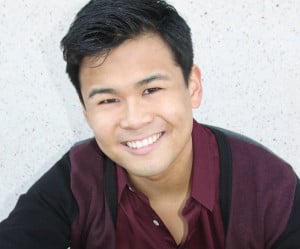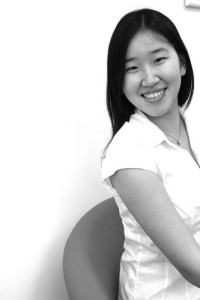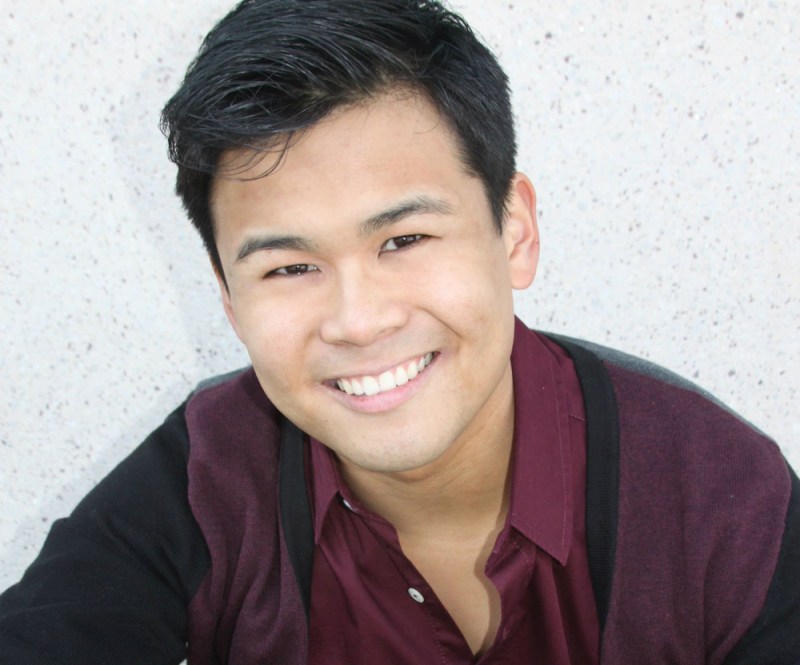“My Fair Lady,” the first student-produced musical theater production held in Bing Concert Hall, opens tomorrow. Presented jointly by the Asian American Theater Project and the Theater and Performance Studies (TAPS) department, the musical is a re-imaging of the classic Broadway show from the perspective of the British American immigrant community in early 20th-century London.
The Daily spoke with director Ken Savage ’14 and costume designer Asia Chiao ’15 about the process and the passion behind their work.

The Stanford Daily (TSD): Why specifically “My Fair Lady” to use as a re-imagined story?
Ken Savage (KS): “My Fair Lady” is a classic Broadway musical that everyone or most people know and absolutely love. The show is so iconic and it resonates with so many families that I think first and foremost we wanted to take a huge, popular musical and tackle it and figure out how to re-imagine the biggest possible show.
“My Fair Lady” specifically is interesting because the content is so rich and it is very much a play about language and class and these markers of class in defining this social hierarchy. Intuitively, Asia and I thought, ‘Well, why not throw race into there?’ because in our day and age you cannot separate race and class, and I feel like language and wealth and appearance are all markers of not only class but racial class in that sense as well.
I think that was what really drew us to “My Fair Lady,” in wanting to tackle this show and take a movie and a musical that was traditionally all-white…and I don’t think people realize that there is a world and a group of people that are not white that lived in London at this time and continue to live in London now. That is what we wanted to do, to open this musical and expose audiences to these worlds and communities that existed at that time.
TSD: What was it like conducting the research to design the costumes for this production?
Asia Chiao (AC): The research behind this process was much more intensive than what would typically happen for an average show just because the kind of research we were interested in doing – specifically focusing upon Asian immigrant communities in London in 1912 – [is] an area that has not had a lot of significant research.
There was not a lot of material available online which meant that Ken and I decided to travel to London over the summer to do some primary research on our own. We visited archives at the Victoria and Albert Museum, at the Metropolitan Archives and at the British Library in London to look at historical photographs, historical drawings, fashion plates from this period to try and get a sense of what orientalism meant to the British community and also what immigrants in London were wearing.
TSD: What are some of the pieces that you’re proudest of from the ensemble of costumes?

AC: I would say Ascot is my favorite scene with the horse races, where Eliza presents herself as a lady for the first time, just because the hats in that scene were all handmade by me and a bunch of other students here on campus and all the costumes for that [scene] were completely designed by me. I think the aesthetic of that scene is very distinctive and I personally get very emotional every time that scene happens just because so much work went into that scene in particular.
TSD: What were some of the biggest logistical challenges in putting together this production?
KS: At the very beginning of the process, Asia and I had planned to do “My Fair Lady” within the Theater and Performance Studies department here in Piggott Theater…for my senior project. We spent around six months designing the show, conceptualizing everything, designing it for this small theater. What I found out in the spring of last year was that unfortunately we would not be able to get the space due to a whole bunch of issues.
It was really upsetting for me as a student working on this project for so long with my co-collaborator to have my proposal rejected. That was a huge blow to us and so fortunately I’ve had a lot of amazing mentors here on campus, within the department and outside the department who really wanted to see “My Fair Lady” happen and to see this vision of “My Fair Lady” come to fruition.
When we sought out Bing, I think the biggest challenge for us was we are a group of undergraduate students, we’re a group that has never done a production in Bing before despite the fact that we’re all experienced in theater and all the different areas of theater, but the biggest challenge is that something like this has never happened… I feel like everyone was just nervous and wondering what a musical in Bing would look like. Despite how scary that was, I think that was really the exciting thing that drew everyone to the project.
TSD: How does it feel to be directing the first student-produced musical theater production in the Bing Concert Hall?
KS: I feel so unbelievably humbled. I just feel unbelievably proud on behalf of my cast and crew that we are able to pioneer the space and reclaim it for students because I think that space has been difficult for Stanford students to access because of how expensive it is, because there is programming in there that is exciting to some, but not exciting to others. I think if anything our two sold-out performances on Friday are huge indicators that Stanford students as audience members are unbelievably excited to see this show and are unbelievably excited to support their peers and their friends in this first musical in Bing.
TSD: What do you hope the audience can take away from the production?
AC: I want the audience to leave the production with a new sense of what a classical American musical can look like. We’re so used to envisioning certain plays and certain works of art in specific ways that I want viewers to be challenged by the way I’ve decided to design and interpret this performance. And hopefully for them to come away with a different understanding of race and theater and what it means to look the way you do on stage.
Contact Ileana Najarro at inajarro ‘at’ stanford.edu.
